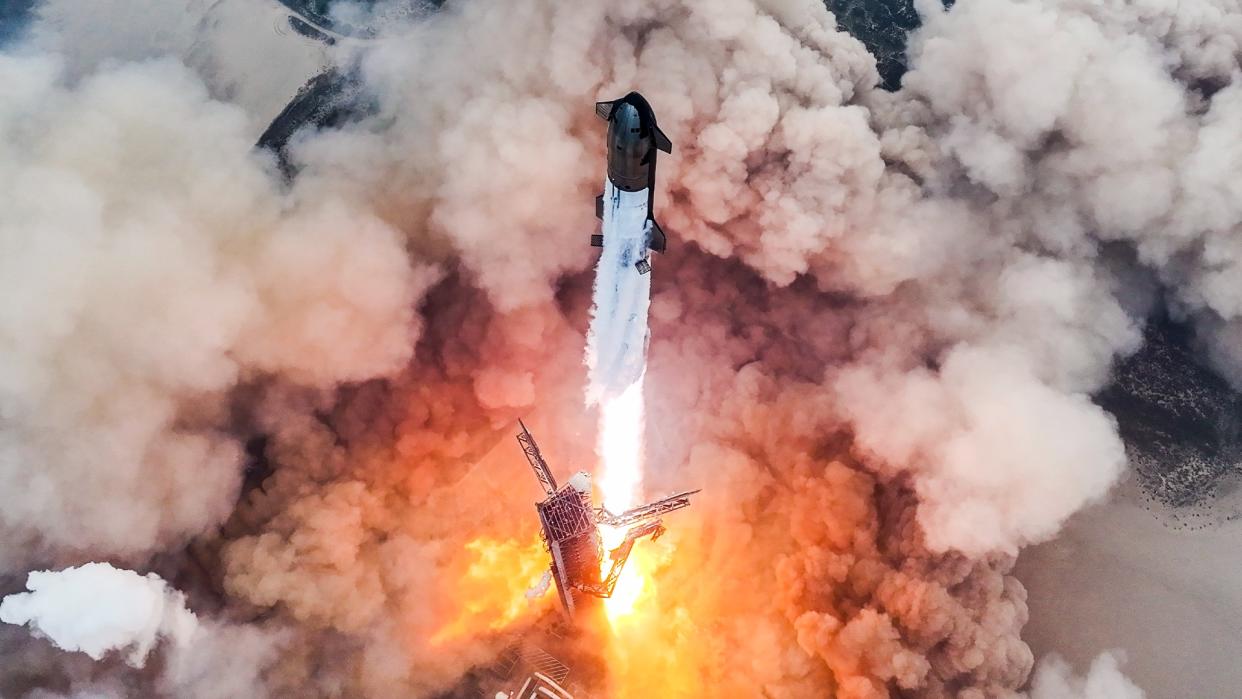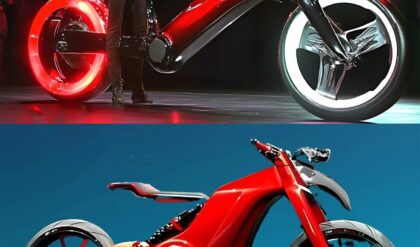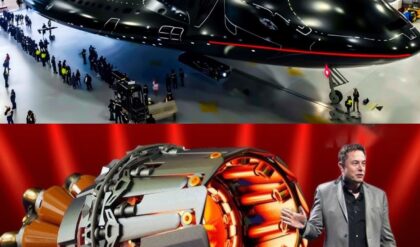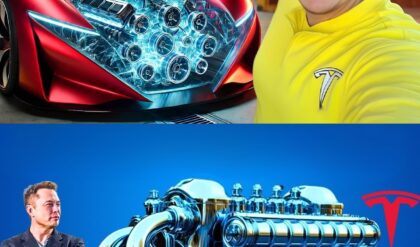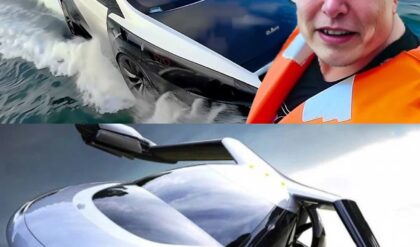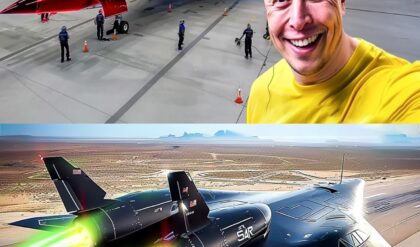Elo Musk’s vision of turning humanity into a multi-planetary species has taken a giant leap forward. SpaceX is now developing a gas-powered rocket that could cut travel time to Mars from a few months to just 90 days. This breakthrough brings the dream of colonizing the Red Planet closer than ever to reality.

The problem of missions to Mars today
Mars has always been a tempting but elusive goal for humanity. The main challenge? The sheer distance. Current chemical rocket technology requires about 500 months to transport a crew to Mars, and with the time needed for surface operations and the return trip, a mission to Mars could extend to as long as 21 months.
This extended period of time poses serious risks to astronauts, including:
Prolonged exposure to cosmic radiation.
Degradation of muscles and body due to zero gravity.
Psychological challenges of isolation.
A shorter trip would not only reduce these risks but would also make regular missions to Mars feasible.
How SpaceX’s nuclear rocket works
Unlike traditional chemical rockets, which burn fuel to generate thrust, nuclear propulsion harnesses the immense power of a nuclear reactor. Here’s how it works:
Heat Generation:
A water reactor generates inert heat.
Propulsion Heating:
This heat superheats a liquid propellant, such as hydrogen.
Thrust Production:
The superheated gas expands rapidly and is expelled through a nozzle, creating thrust much more efficiently than chemical devices.This method allows rockets to reach significantly higher speeds, reducing travel times and using less fuel. Scientists estimate that with clean propulsion, the trip to Mars could be reduced to just three months – a revolutionary improvement.
Contact security officers
The word “clean” often elicits fears of disasters like Chernobyl or Fukushima, but space presents a unique environment where these risks are minimized:
Post-launch activation: The rocket won’t activate until it’s safely beyond Earth’s atmosphere, eliminating the risk of contamination during launch.
Radiation shielding: SpaceX is designing the rocket with advanced shielding to protect both the astronauts and the spacecraft.
Existing radiation exposure: Astronauts are already exposed to radiation during space travel, so the additional radiation from a well-equipped reactor is minimal.
The implications of a faster trip to Mars
A rocket-powered spacecraft would revolutionize not only travel to Mars but also the logistics of its colonization:
Frequent missions:
Faster travel would allow for more frequent resupplies, with the hope that the Mars colony would stay well-supplied.
Reduced risks:
Less time in space reduces astronauts’ exposure to cosmic radiation and other health risks.
Greater flexibility:
Shorter travel times mean missions don’t have to align perfectly with the orbits of Earth and Mars, allowing for more frequent launch windows.
Colonization of Mars: One step closer
Musk envisions a self-sustaining city on Mars , complete with habitats, greenhouses, and power plants. Nuclear rockets make this vision more feasible by allowing for efficient transportation of:
Building materials for habitats and infrastructure.
Life support systems for oxygen and water.
Equipment for food production and energy generation.
Beyond Mars: Expanding Humanity’s Reach
The implications of jet propulsion extended beyond Mars. With faster travel times, destinations such as the planets of Jupiter (Europa, Galileo) and Saturn (Titan, Ephesus) could become accessible. These distant worlds, once considered out of reach, could now be explored within the span of a human lifetime, leading to discoveries that would change our understanding of the solar system.
Why this is important for humanity
Eloï Musk has repeatedly stressed the importance of turning humanity into a multi-planetary species, not just out of curiosity, but for reasons of survival. Earth faces existential threats, such as climate change, asteroid impacts, and overpopulation. Establishing colonies on other planets provides a safeguard for humanity’s long-term survival.
SpaceX: Leading the charge
SpaceX has already revolutionized space travel with reusable rockets, dramatically reducing the cost of launching payloads into orbit. Nuclear propulsion is the next frontier in Musk’s mission to make space exploration not just practical but routine. This technology could pave the way for interplanetary travel to become as common as international flights.
A new era of exploration
For decades, human space exploration has seemed stagnant. While robotic missions have reached far, humans have remained tethered to Earth and its immediate vicinity. With rocket-powered rockets, Musk is recognizing the thrill of space travel and inspiring a new generation to dream of the stars.
The prospect of cutting a trip to Mars down to 90 days not only makes the Red Earth more accessible, it marks the beginning of a new era in space exploration. From building cities on Mars to tourism on the outer planets, the possibilities are endless. Humanity’s future on Mars, and perhaps beyond, is increasingly a distant dream. With Elo Musk at the helm, it’s becoming an imminent reality.
